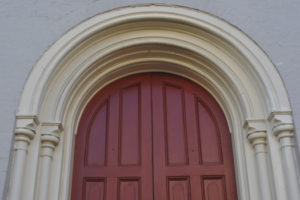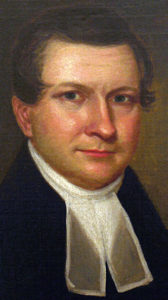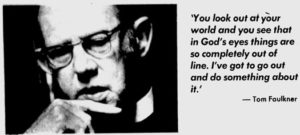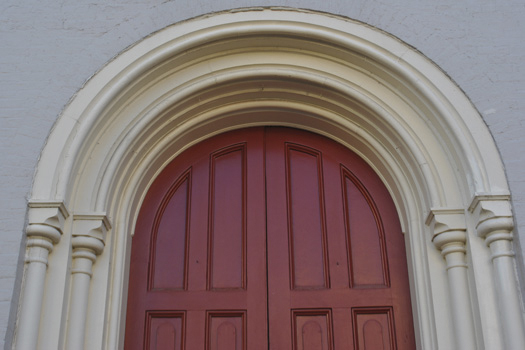![]()
What's New?

The Pews, Part 4
Return to referring page So far we have talked about the pews as objects and pews financing the Church. Now we move to actually looking as those who occupied the space. The pew documentation provides a unique view into the generations that attended St. George’s. Those who paid for the right to sit in a … Read more

The Pews, Part 2
Return to referring page Design and Changes St. George’s Pews are boxed pews, encased in paneling as opposed to the open pews. It is likely that this was a holdover from the first St. George’s in the 1730’s. Box pews provided privacy and allowed the family to sit together. Pews were originally purchased from the … Read more

The Pews, Part 1
Return to referring page Pews emerged at the time of the Protestant Reformation. Most early churches were built around a dome or central area where priests or preachers would preach, while the congregation stood around. The rise of the pulpit as the focal point of the church with the sermon as a central act of … Read more
![]()
Getting Started in St. George's History - 6 essential resources
Selections from several categories of our history.
McGuire served all 3 churches over the course of 45 years. He is probably the most influential of all our rectors in all phases of ministry from preaching, teaching, and outreach. Trip Wiggins, our archivist, wrote this for a Sunday school class and has been teaching classes for years

6. Tom Faulkner confronts the Vestry on race
Faulkner served St. George's for 30 years from 1946-1976. During these years racial policies were paramount, especially 1954, in the year of Brown vs. Board of Education, Faulkner was challenged by the Vestry on the role of Blacks in our service. He was able to move St. George's toward racial justice that other rectors would further

